Saturday Summaries 2018-02-10: Giant Appraisal Edition
By Mento 0 Comments
It occurs to me that despite making this site my home over the past... oh god, nearly a decade huh?... I don't really talk about Giant Bomb and its output all too often. There's some big changes coming down the pipe fairly soon (nothing too grand as far as the content is concerned though - I don't have any scoops on new staff members or anything) but we've already seen a lot of unexpected changes to what the duders are keen on displaying of late. (Ugh, phrasing.) I talked about my general disinterest in the site's continued coverage of DBZ and Monster Hunter, but it's not something that bothers me that much; on the contrary, I like that the staffers are continuing to try new things and drawing inspiration for new features from those experiments. I though I'd weigh on some recent features that the site has introduced, mostly for my own gratification.
I should make it clear before I start, though, that I'm a big believer in the idea that the staff should have little to no input from the community for what they should do next: the way they organically create new concepts for features means they're that much more invested in them, and passion always trumps subject matter as far as I'm concerned.
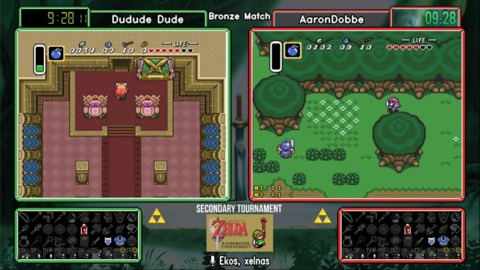
- Thirteen Deadly Sims: I wanted to start out with some positive words for Abby, who I feel has been the subject of some unwarranted disparagement since her slightly villainous turn in the GOTY deliberations - about which I don't blame her, because the advice she was frequently given since she first mentioned her newcomer anxiety about it on the Beastcast was to "be assertive" and "passionately argue your case". However, Thirteen Deadly Sims proved not only to be a clever, high-concept idea for a feature, but one that has already paid comedic dividends from trying to juggle the well-beings of over a dozen eccentric duder Sims. My kudos to her for coming up with a genuinely irresistible feature, especially with the massive shoes to fill that was the superlative Steal My Sunshine.
- This Is The Run: I really like the games Vinny and Dan choose for this feature, as well as the interplay and teamwork between them, but I don't understand the purpose of this feature if it's going to remain a series of pre-recorded videos. If you're going to watch these two play through the same game over and over making incremental progress, you want to do so from the context of cheering them on from a chatroom, or giving them tips to help improve their game. Something like the Breaking Brad streams, in which Brad seemed to genuinely draw strength from a supportive community and their various "I Believe In Brad" messages. The appeal of watching someone tackle hard games is in that camaraderie, of cheering them on as part of a group, and I hope the duo come to their senses and start making them livestreams again.
- The Dating Games: I feel this was a misstep because we're not spending enough time with the individual games. It could be that they came up with the title and felt the need to keep moving from game to game each episode, rarely getting beyond the tutorials and early stages of their relationships with the various paramours of these dating sims. It didn't help that they gave themselves a strict Valentine's Day deadline either. I think with a long-form structure, where they play these games to completion (unless they really suck for the let's play treatment), they'd get more out of it. As it is, it feels more like "50 First Dates" with how far they get in each game, mercifully with nary a Sandler to be seen.
- Who's the Big Boss?: You can determine the quality of GBE's forays into older games where they play as a group by how often it diverges into unrelated chatter. I'm not against the latter, especially when it pertains to interesting conversations about what books or music the GBEasters are into, but if the game has them all invested enough in what's going on to help each other out then I think that makes it better material for a feature. That Vinny and Alex continue to rally around Dan's Metal Gear playthrough and goof along with him on the game's many ridiculous quirks is enhancing an already compelling historical endurance run.
- Garfield With Gerstmann: That this took off into its own thing was pretty amazing, but that's the sort of situation I really like to see emerge on Giant Bomb: a feature that grows organically from a seed of something very dumb. In this case, it's listening to a caller on the post-Bombcast show (the name of which seems to constantly change) talk about Garfield Lasagna World Tour as a guilty pleasure, which then got Jeff curious enough to play it on one of his solo Old Games streams from home, which led to dragging in other GBW staffers to see it through to the bitter end. If we continue to get more spontaneous features like this in 2018, regardless of whether or not it involves pasta-loving tabbies, I think we're on a good trajectory. C'mon, for fun?
Speaking of content, I made some of that too. Just not the video kind:
- The Indie Game of the Week this time was Bear With Me, or at least its first episode. I tend to set out the IGotW feature about a month in advance - I currently have the next four games I intend to look at downloaded and ready for testing before I start making real progress with any of them - so it was a weird coincidence that around five or six weeks after the first episode of this game was gifted to me by fellow user @sparky_buzzsaw that it was suddenly made available for free, in a similar "try before you buy" offer that other episodic games employ, around the exact same time I had planned to play it. It's a traditional 2D point-and-click game with a noir presentation, but a more meta and goofy personality given that the main character is a 10 year old girl and all the secondaries are anthropomorphic toys of hers. Apparently, the later episodes really play around with the premise to fascinating degrees, so I'm hoping to follow-up with another look at the game in the future.
- The SNES was the subject of this Tuesday's rotating space, with the third episode of my screening for a hypothetical SNES Classic Mk. II, which is really just an excuse to fill in some long-standing gaps in that system's library. The first game we looked at was Mario's Super Picross: picross being a genre of game that never goes out of style, but the game perhaps doesn't boast enough Nintendo-centric features beyond the inclusion of Mario and Wario as hosts. The second was Pilotwings: an early first-party game that not only helped to demonstrate what the SNES could do but was one of the few completely new ideas to help distinguish the 16-bit system from its universally beloved forebear. Both, I feel, could make for excellent additions to a second Classic mini-console should the mood strike Nintendo to create one. A bit of SEO serendipity this week in that the release of Analogue's Super NT had everyone thinking about the SNES again.
Addenda
TV: Stranger Things (Season 2)
I'm still catching up with last year's TV before I embark on anything new, and that meant checking out the divisive second season of Stranger Things. Set the small, fictional Indiana town of Hawkins, the first season of Stranger Things was a revelation in how expertly it tied together nostalgia with a wholly new story: it's an approach I see in games regularly, but not TV shows, where the creator cherry-picks not so much the broad strokes but dozens of smaller details from a wide range of complementary sources for something that feels both familiar and new. For a game, that can mean something like Shovel Knight: a game that - despite having a very nostalgic feel - can't easily be pinned down as a Mega Man clone or a DuckTales clone. It has elements of both for sure, as well as from a bunch of other NES games, but boasts a story and presentation entirely of its own. Instead, it feels more like a game that could've existed in a certain time and place - in this case, the late NES era - rather than a derivative throwback. Stranger Things is the same, but for sci-fi/horror 1980s movies and TV.
My anticipation for Season 2 was diminished somewhat by the visceral reception it received from Twitter and elsewhere, which ran the gamut from disappointment to outright revulsion for some of the new directions the show took. Having seen the nine-episode season in full, I can appreciate some of those concerns, even if I didn't dislike the season as much as others did. Though it's a weird analogy to use, given that it too has a new season I've yet to check out, Stranger Things S2 reminded me of Twin Peaks S2: there's a distinct feeling of wanting to expand this colorful world and incorporate more characters and ideas for arcs, but in doing so ended up spoiling the purity of that first season with additions that didn't really lead to a net positive for that world, and diversions that didn't seem to go anywhere. Obviously, I want to keep this as spoiler-free as possible until it's time to really vent, but S2 felt a little like feature creep with how it poorly it handled its characters both new and old - either forcing new changes to the paradigm, or forcing new arcs on those who had grown up since the first season. I suspect the Duffer Brothers are in for the long haul after the success of the first season, and created certain threads here that might continue into a third, fourth or fifth season (I believe they've stated that they're planning on stopping after S4 or S5), so I'm giving them the benefit of the doubt that they have some slow-burners planned.
I will say, though, that despite some of its miscalculations and unnecessary tangents, I still really liked season 2 of Stranger Things. The style and tone's still spot on, and that includes audio/visual aspects like the vivid lighting through colored smoke and its synth soundtrack, the acting is uniformly great with a few exceptions, it's still scary when it wants to be and funny when it wants to be, and I'm still invested in these characters and their various journeys. I recognize that it's going to be unusual following all those child actors in those roles as they grow up in real life, and I wouldn't be against the idea of moving several years into the future to where they're all awkward teenagers, and I'm really hoping that future episodes start moving past the Upside-Down or start expanding on it in more directions than "there are more weird monsters in there we don't know about". I suspect one of the bigger disappointments is that Stranger Things didn't become more like an anthology for its subsequent seasons, with new dangers threatening Hawkins: aliens, zombies, The Stuff - maybe not those played out antagonists in particular, but something new that still jibes with the 80s aesthetic.
OK, so I'm just going to rattle off some observations for those who have already seen the show to respond to. Please be sure to spoiler-block your own takes in the comments below, should you contribute any.
Movie: Your Name
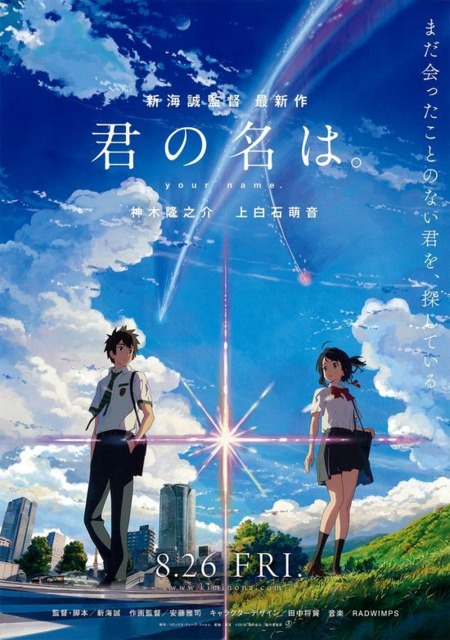
Your Name's one of those anime movies that seemed to transcend the format and become a more mainstream hit, sort of like how you'd recommend Studio Ghibli or anything by Satoshi Kon to someone "despite being anime". I'm not disinclined towards anything anime myself - if anything, I find it challenging to figure out which series and movies I'm going to like from the many out there to choose from. When something breaks out from the weeabubble, so to speak, I'm likely going to find out more about it.
Your Name is a 2016 feature that comes courtesy of Makoto Shinkai, a filmmaker I've only encountered a couple times before with Voices of a Distant Star and The Place Promised in Our Early Days, both of which I picked up in a DVD box set about a decade ago. I liked them well enough, but haven't really followed the guy since then and more recently when this movie started making some ripples. I've noticed with Shinkai's work that he likes creating these sort of outlandish, "magical realism" scenarios and searches to find the relatable, very human connections and emotions at the root of them. In Voices of a Distant Star, this meant exploring the relationship between two lovers as one of them travels a faster-than-light journey to fight aliens in a far-off system, which meant they aged far more slowly than their partner, their correspondences taking longer and longer to reach them; in The Place Promised in Our Early Days, a fairly normal friendship between three schoolmates is complicated by an enemy occupation of Hokkaido and the bizarre events around an experimental tower that changes reality around it. In both, though we have this remarkable sci-fi hook, the focus is always on the human drama and romance between these characters, and how a traditional love story might warp and shift with an unusual obstacle placed in its midst. I'd liken it to how Black Mirror sets up a bizarre, fantastical premise and then tries to figure out how regular people would cope through it.
Your Name is a similar case. Without getting too into story details, two teenagers - Taki, a boy living in Tokyo with artistic aspirations, and Mitsuha, a girl living out in the country who is stifled by her small town and its traditions - inexplicably wake up in each other's bodies one day. This lasts as long as the day itself, after which they resume their lives having no memories of what happened to them. This body-switching continues every so often, and the two decide to leave each other notes on their phones, including details about their lives so the "visitors" don't get lost, and amusing rules about they can and cannot touch in their daily hygiene routines. Despite drawing some odd looks from friends and family as they behave differently and seem to forget important details of their lives, they begin to see mutually beneficial effects of living as each other for short bursts. Then, well... some stuff happens, and some revelations come to light. It gets a bit more strange and wonderful after that.
I'd recommend the movie. Like Kon and Isao Takahata's Ghibli offerings, it's a bit more of a slow-paced, bittersweet, slice-of-life affair than something as deliberately goofy and wild as the usual Freaky Friday/Vice Versa takes on the same premise. There's some moments of levity, like how Taki always instinctively reaches for his chest whenever he wakes up in Mitsuha's body, but for the most part it's about the inexplicable connection between two strangers that develops into something romantic and personal the longer the two spend in each other's shoes. It's a glorious looking anime that doesn't skimp on establishing shots or slow pans, partly to show off but partly because it's in no hurry to tell its slow-burner of a story. It won't be for everyone, especially those who like their animes loud and violent, but if you haven't encountered Shinkai but are fans of Kon or Ghibli, I'd absolutely recommend seeking some of his movies out, including Your Name. (And the reverse is true if you found Shinkai before Kon, incidentally: Kon's a wonderful filmmaker with a surfeit of imagination who is sadly missed.)
Is it all right if I admit that I only got around to seeing this now because it got referenced in Pop Team Epic? No? Okay.
Game: Rise of the Tomb Raider
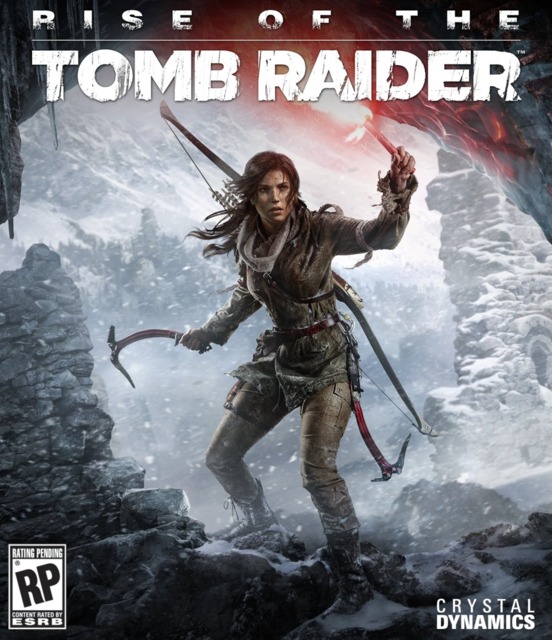
I've still been tinkering around with Rise of the Tomb Raider's various "score attack" modes for what few trophies remain, because those things continue to have their hooks in me, but for all intents and purposes I'm done with Crystal Dynamics's latest adventure for Ms. Croft and her newly reset timeline. I actually liked Rise of the Tomb Raider quite a bit, largely because it's figured out what it wants to be after the far more Uncharted-like Tomb Raider from 2013, the first of this new canon. Rise of the Tomb Raider, or RotTR, instead feels much more like its own thing: one that supplements combat encounters with multiple armed human opponents with some Far Cry-like hunting and resource-gathering for upgrades and a lot more puzzle-solving in the titular tombs. The exploration factor is far more pronounced here, with several regions similar to that one large area in the recent Uncharted: The Lost Legacy where Chloe and Nadine roll around a hub for a while, checking out optional ruins and finding treasures scattered all around the vicinity. RotTR even has elements of a spacewhipper, as certain items and locations are prohibited until the player has found the right piece of gear to continue, whether that's a form of grappling hook or a re-breather for long underwater tunnels or special arrows that can dig into walls as makeshift handholds. You're invariably turned away from these locations without the right item, so it's rare you ever find yourself completely lost unsure of whether or not you can complete a certain tomb.
These aspects make the game far more appealing to me than Tomb Raider continuing on its quixotic quest to take back the "climb shit and shoot people" crown from Uncharted, and if Tomb Raider continues to be a little bit of everything from games like Uncharted and Far Cry - which, of course, owe a huge debt to Tomb Raider's long-lived presence - and emphasizes exploration and discovery, then I'm very much invested in seeing where the series goes from here.
However, I'm less sure about some of the incidental material around the game. For one, the score attack mode, which has you taking on various parts of the game - the tombs, the combat sequences, the traversal sequences - as separate little challenges that you can manipulate with "cards"; items that will make the game easier and harder by giving you certain equipment or making enemies tougher, most of which is provided through these consumable cards that - naturally - you can pay real money to earn as well. I'm not quite sure how successful the developers expected this system to be, but it stands out as particularly superfluous given that you get all the same content just playing through the game normally. The DLC, which was included in the PS4 version gratis, has been fairly hit and miss also: I really liked the Baba Yaga side-story and the Croft Manor epilogue, the latter feeling like a Tomb Raider-style take on Gone Home with its plethora of voiceover notes and lack of any real danger, but the rest like the Endurance and Cold Darkness modes are just the combat without much of what makes the core game compelling. Still, they're largely optional, so I can't begrudge the developers for giving players something extra to do once the game was complete.
Overall, I very much approve with what the developers are doing with Tomb Raider moving forward, and I hope to see that next game soon. If they could just decide on a look for Lara's gentle giant friend Jonah too, I'd appreciate it. It's kind of jarring how much different he looks here.

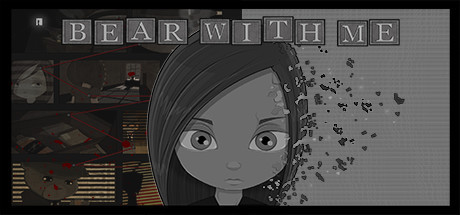
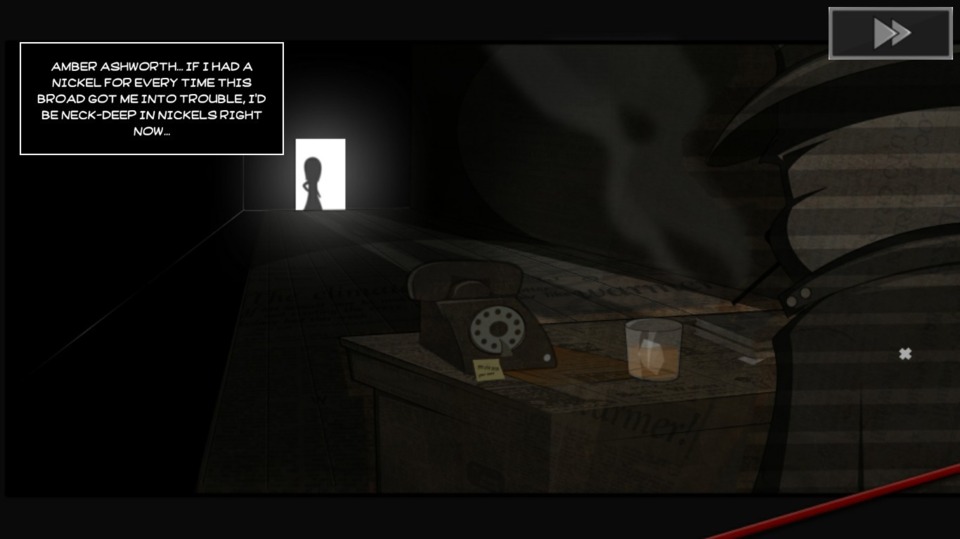
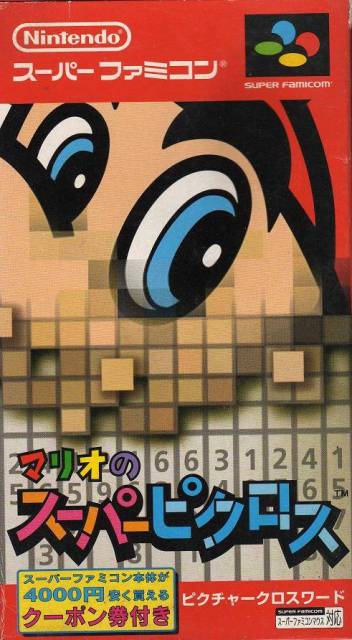
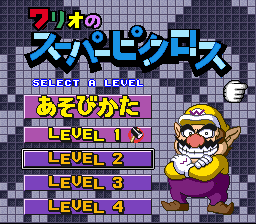





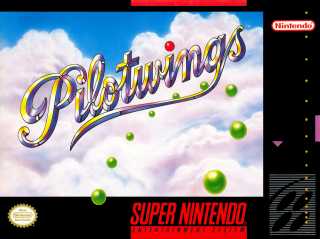





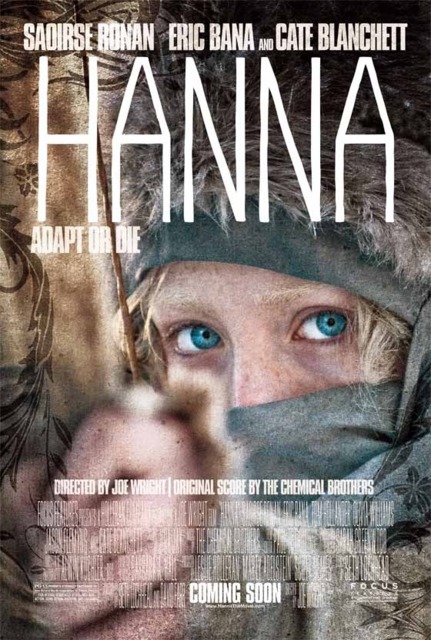
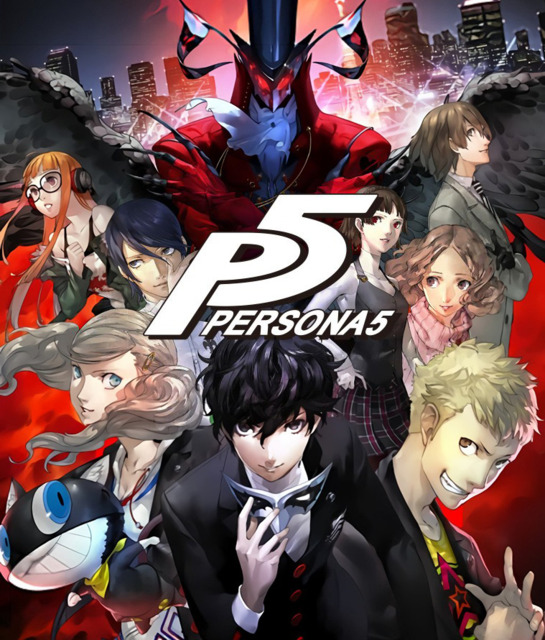

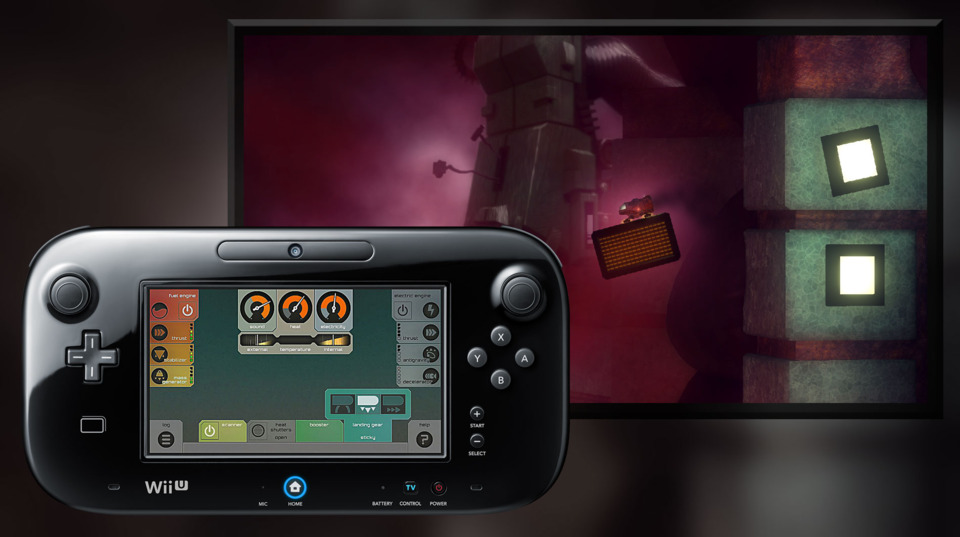
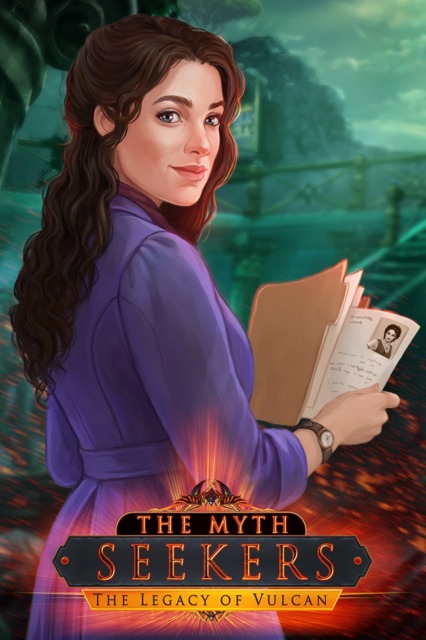
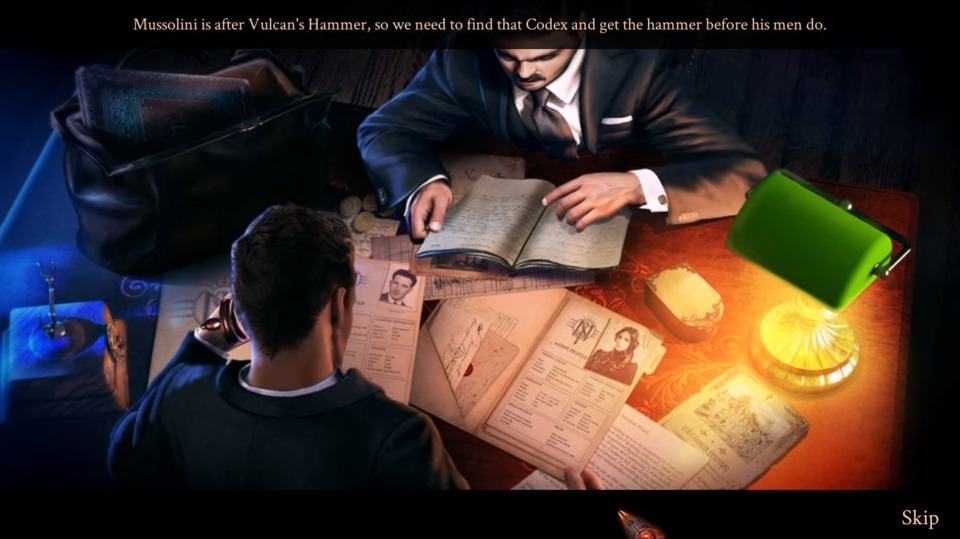
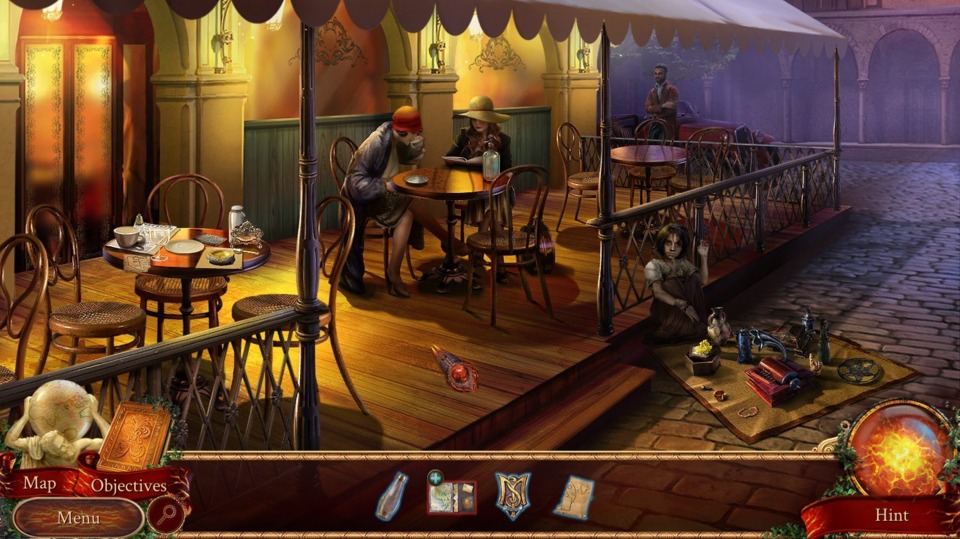
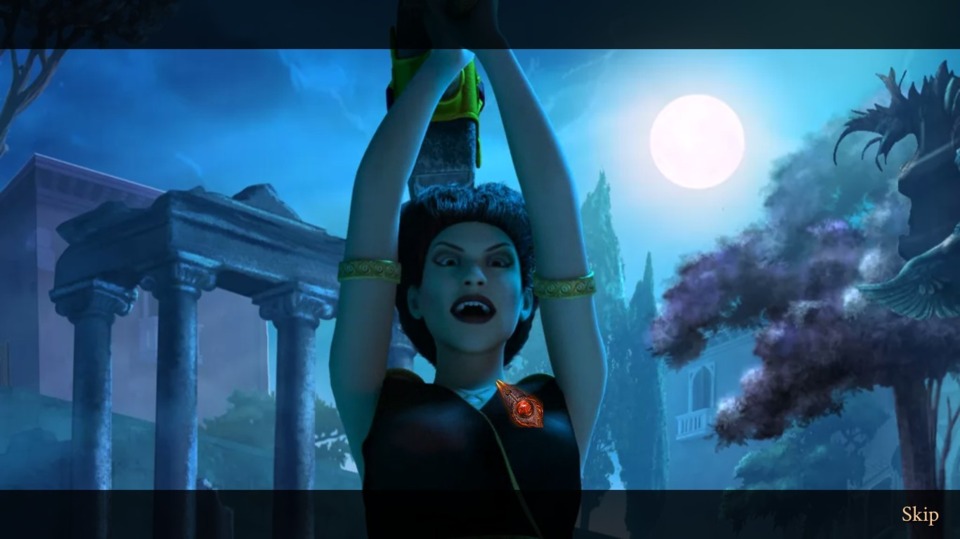
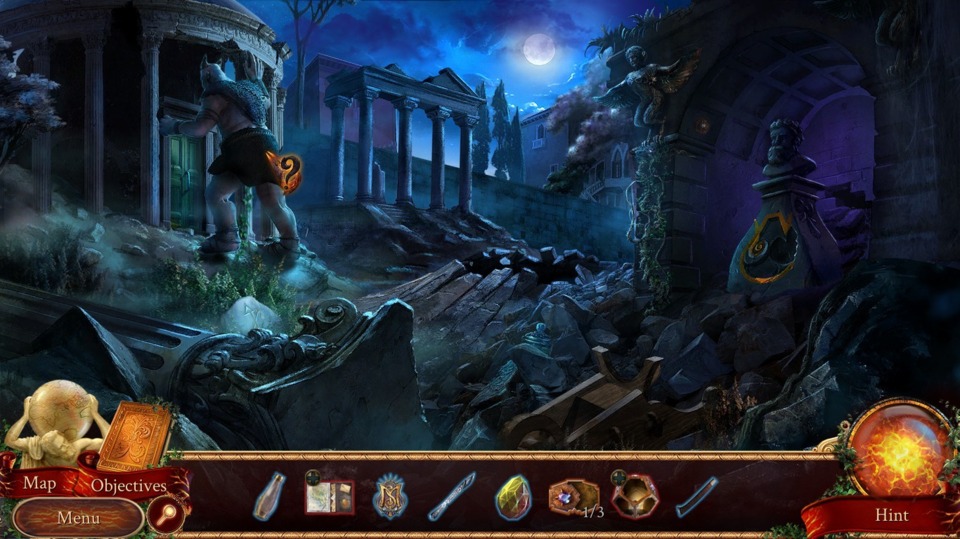
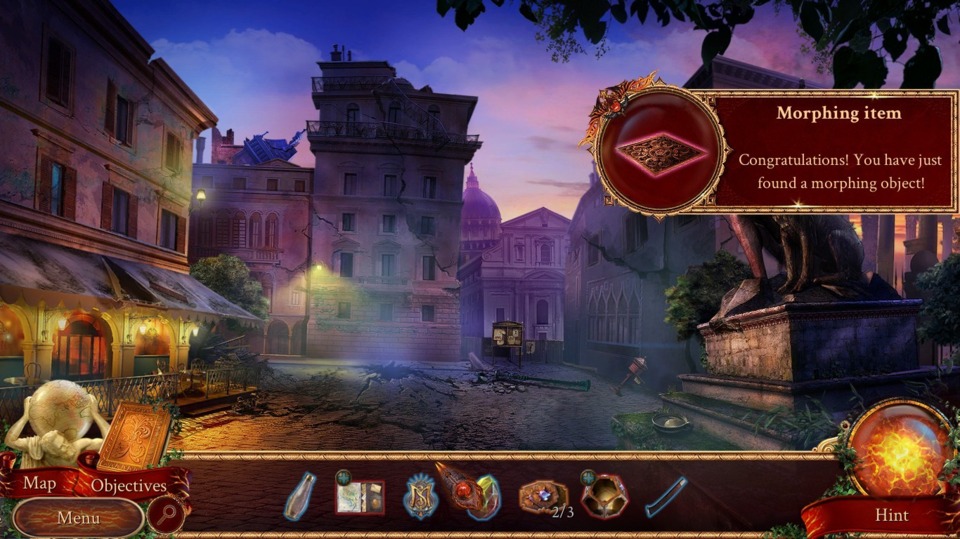
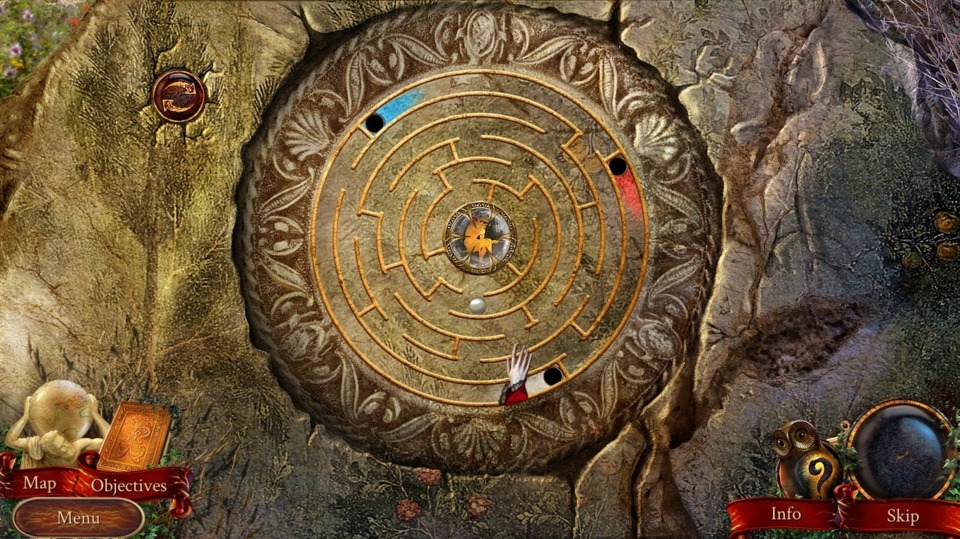
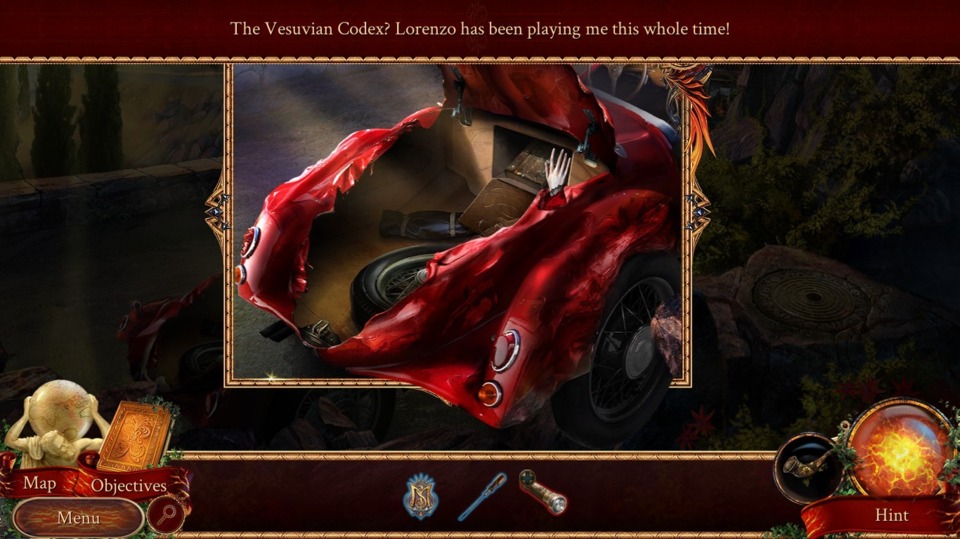
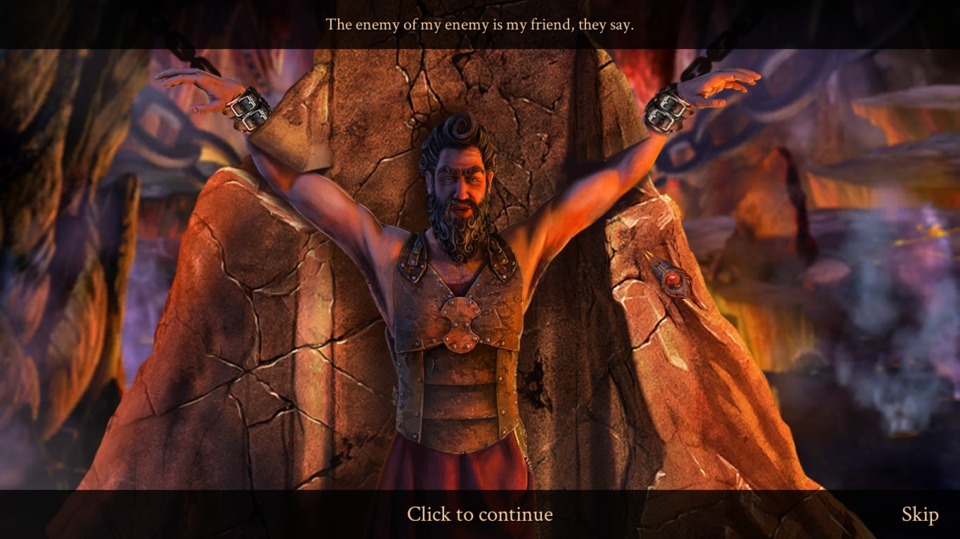
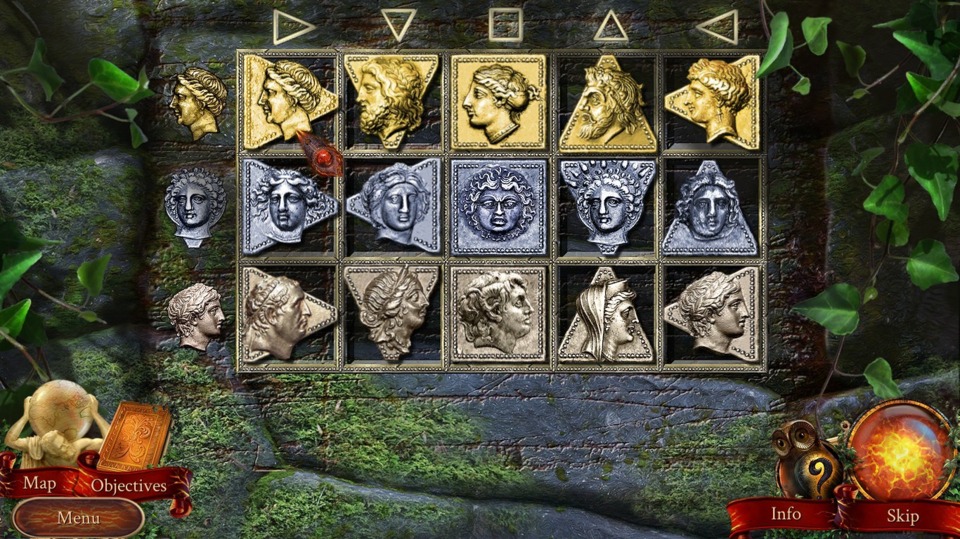
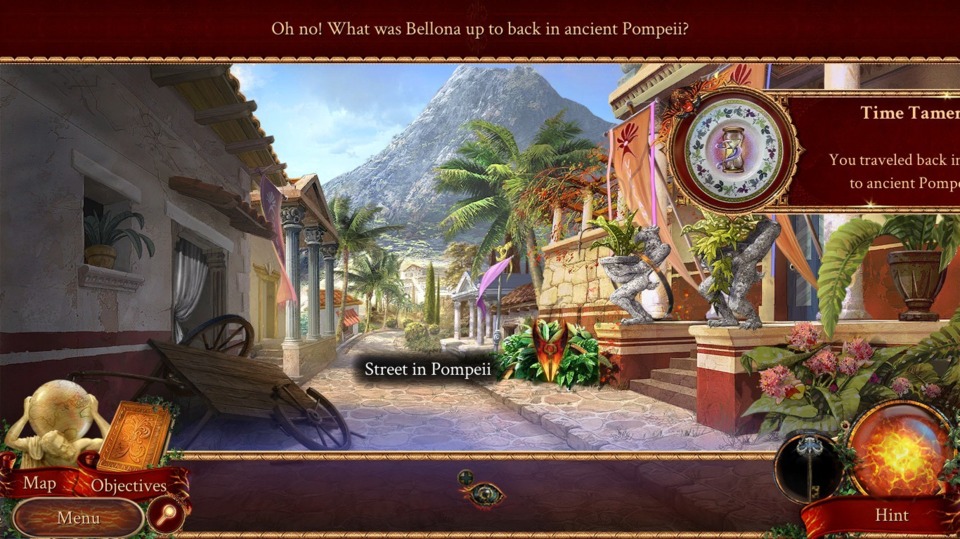
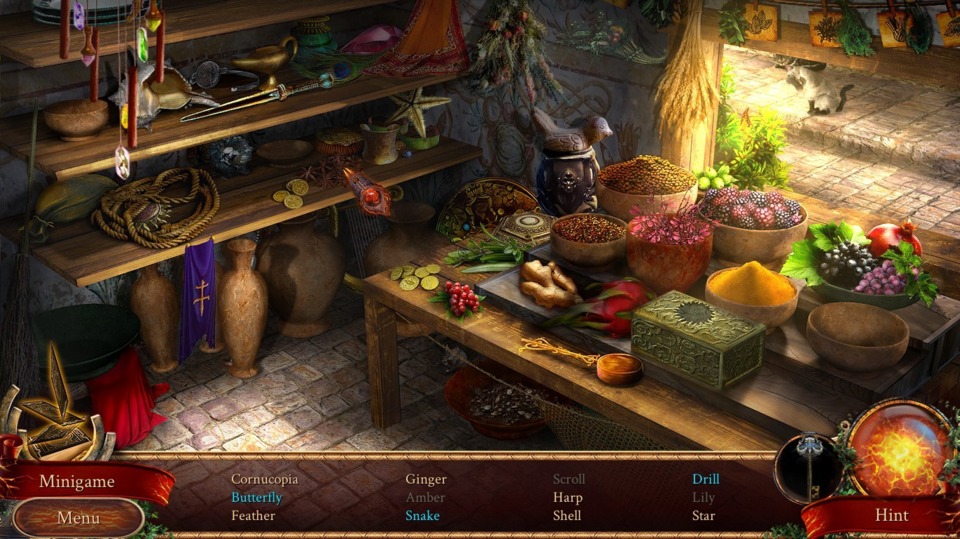
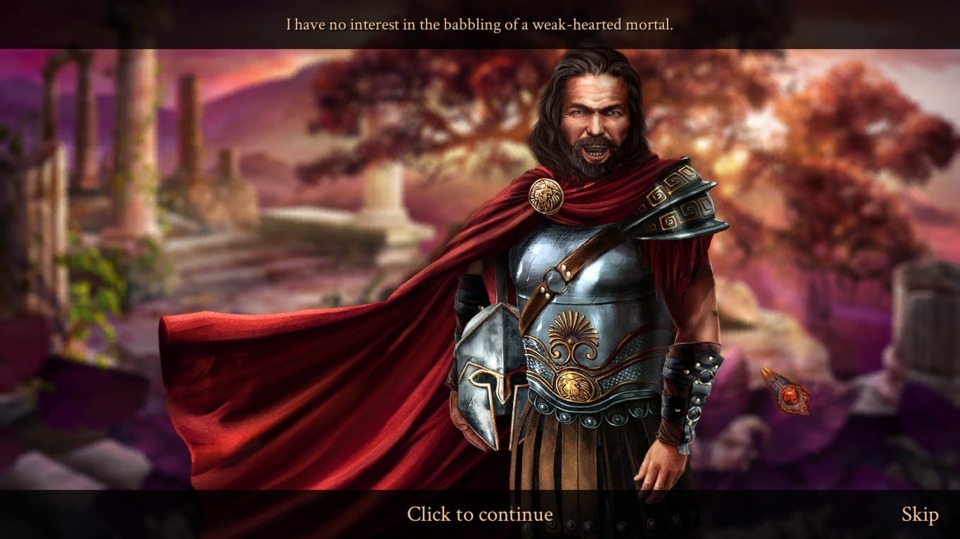
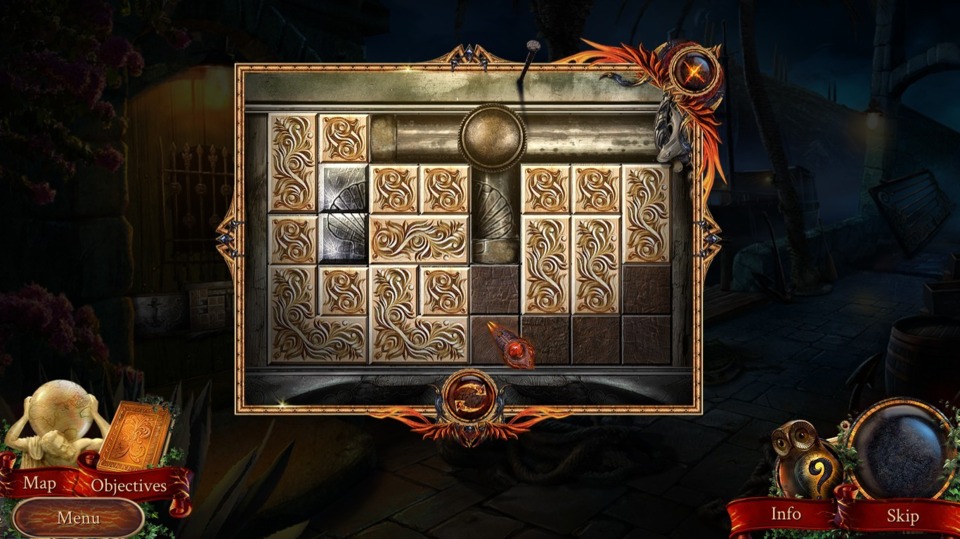
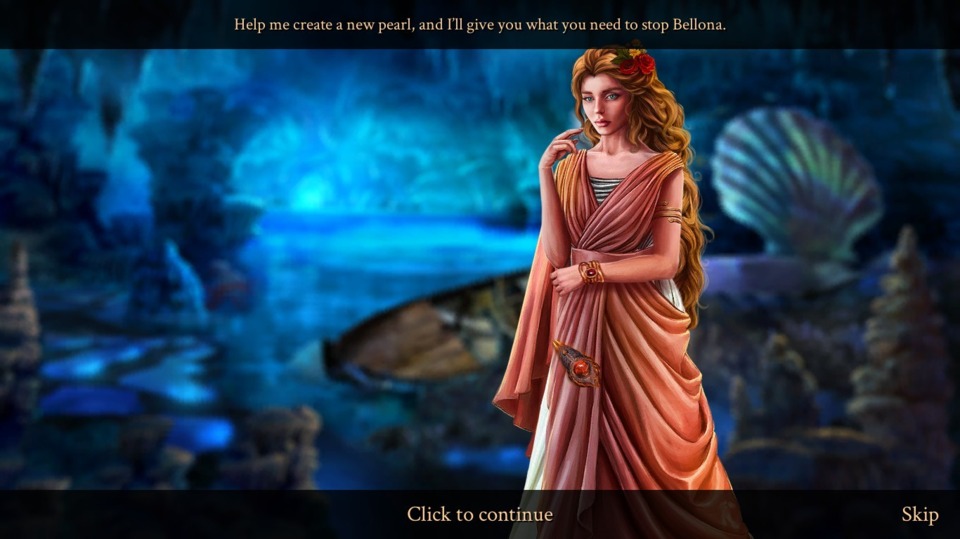
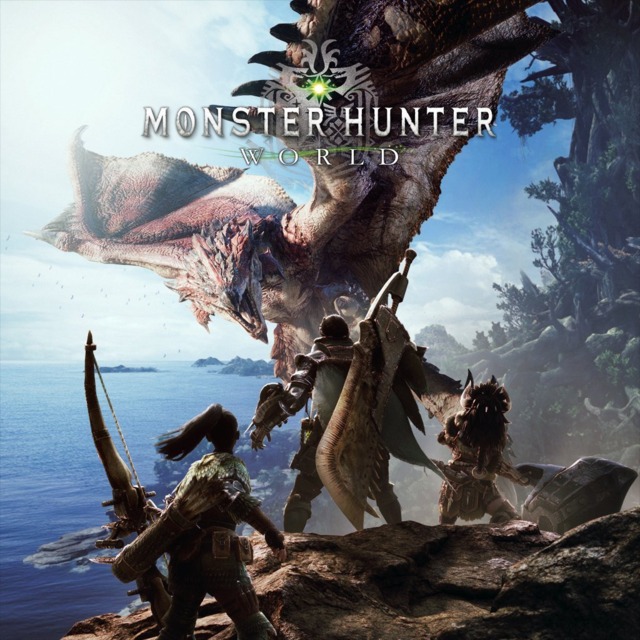
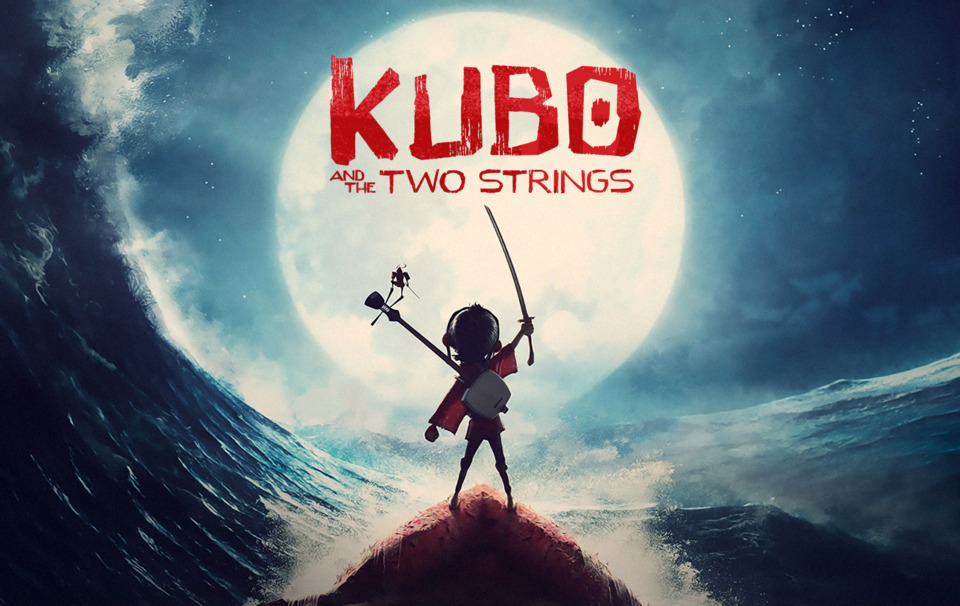

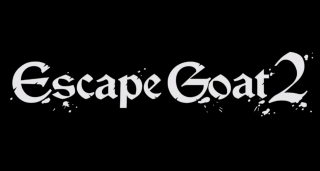
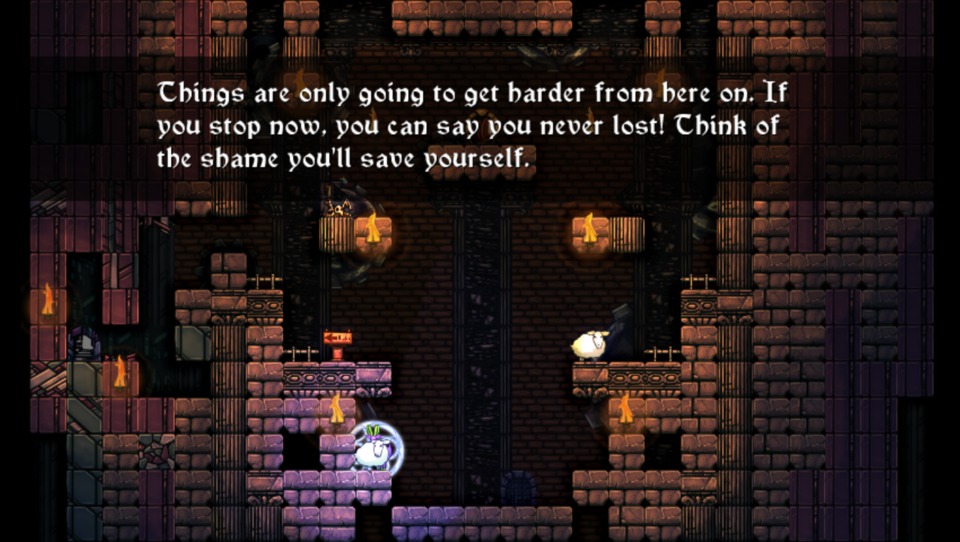
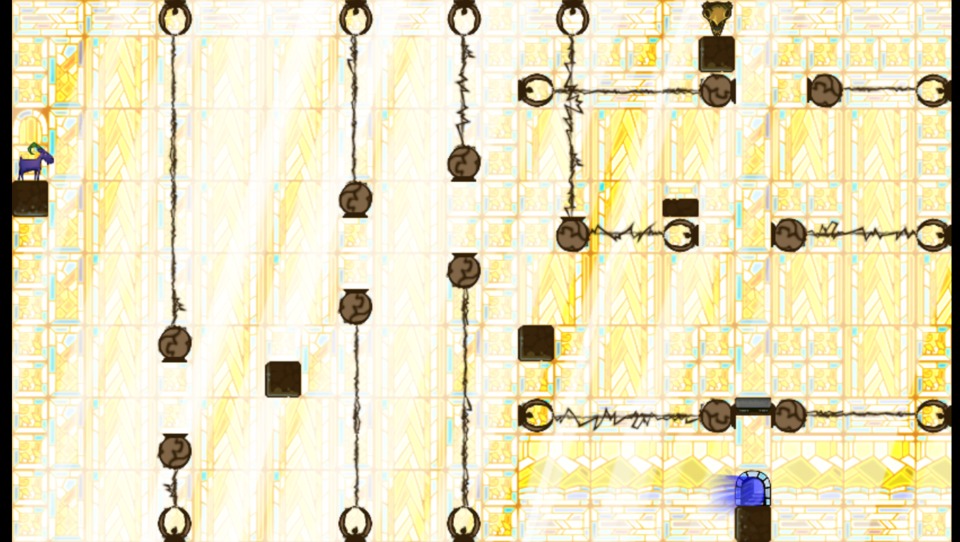
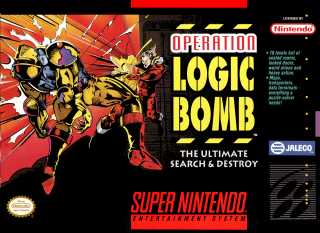
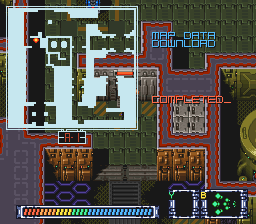
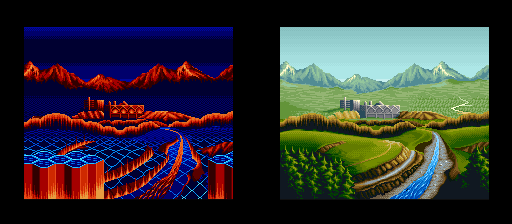







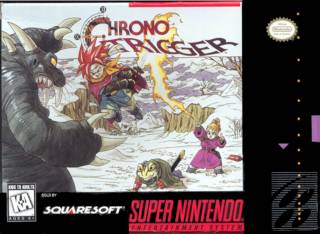
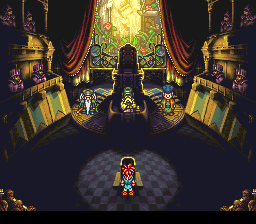






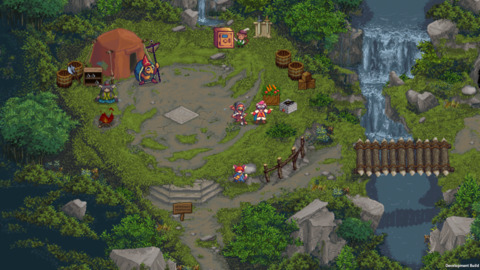
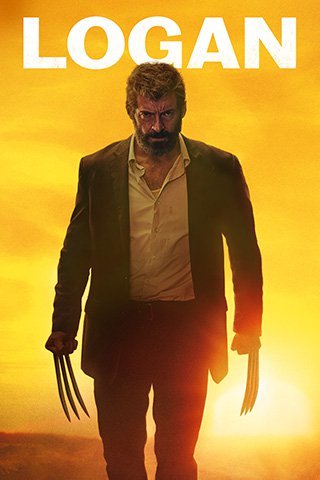
Log in to comment